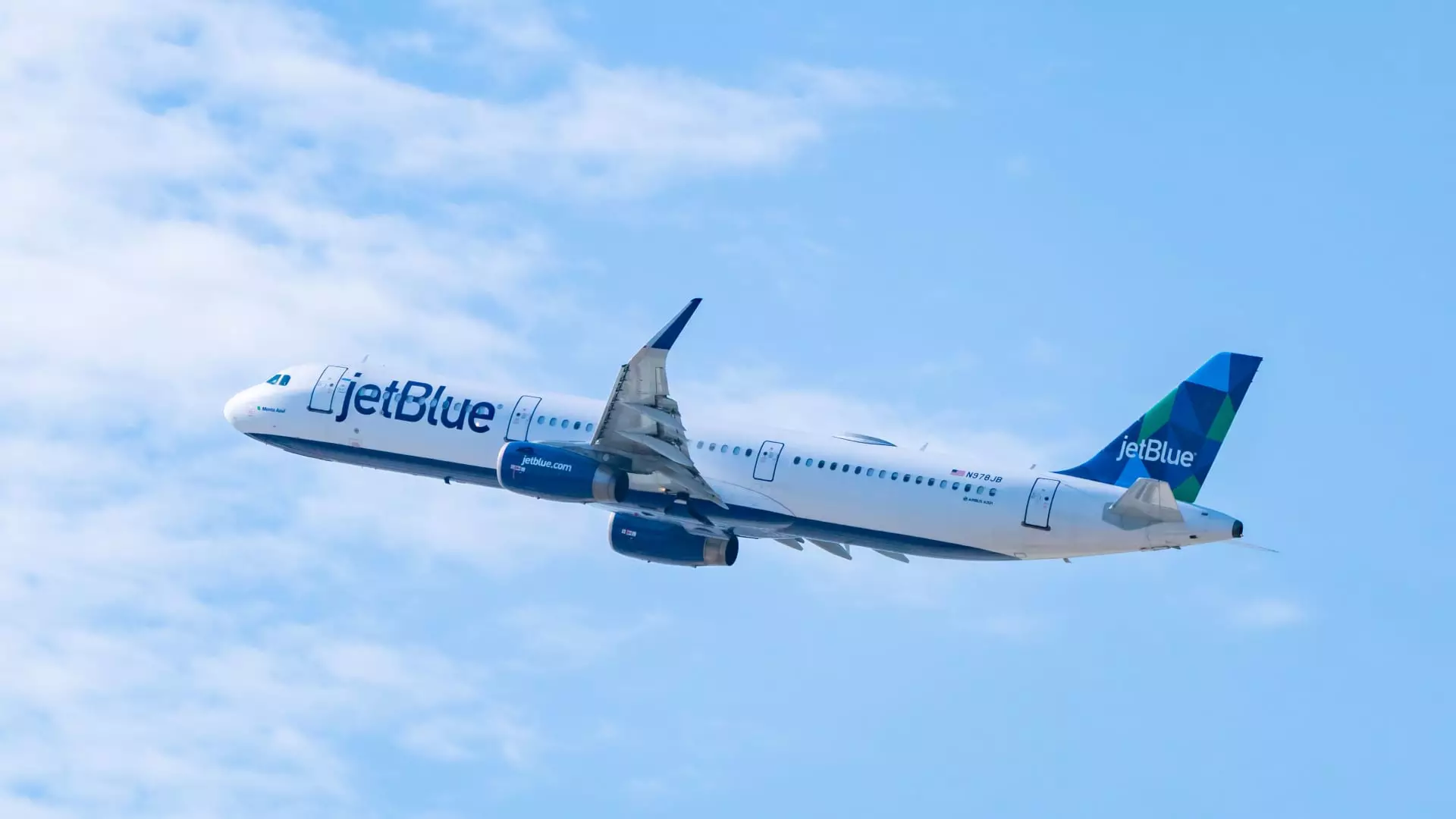In a rapidly evolving aviation landscape, JetBlue Airways finds itself at a critical crossroads. The announcement from JetBlue’s president regarding an imminent partnership with a U.S. airline underlines a strategy born out of necessity rather than a mere desire for growth. With competitors like Delta Air Lines and United Airlines dominating the market, JetBlue recognizes that to stand a chance against these industry giants, it must significantly enhance its operational reach and customer engagement. The potential partnership signals a shift towards robustness in a market where agility alone may not suffice.
Lessons from Past Setbacks
JetBlue’s recent history is dotted with challenges that only highlight the urgency of its current situation. The failed acquisition of Spirit Airlines—blocked by the Justice Department—was a significant blow to JetBlue’s plans to expand its footprint. Moreover, the dissolution of the partnership with American Airlines after an antitrust lawsuit underscores a theme of setbacks that has plagued JetBlue. These experiences have evidently shaped its approach, compelling it to seek an alliance that can leverage existing networks and circumvent past hurdles.
Potential Partners and Opportunities
Among the possible partners, United Airlines stands out as a strong contender. A partnership with United could yield significant advantages, such as re-establishing its presence at key hubs like John F. Kennedy International Airport. This would not only allow JetBlue to broaden its operational scope but also enhance customer loyalty offerings through access to a larger network. The idea of enabling travelers to accrue TrueBlue points in places currently inaccessible is an alluring proposition for loyal JetBlue customers who may also seek convenience and flexibility in their travel arrangements.
Competitive Landscape and its Implications
The broader competitive landscape poses a formidable challenge for JetBlue. With industry titans like Delta and United solidifying their market positions, the stakes are high. JetBlue’s attempts to create a more competitive edge should encourage other smaller airlines to reconsider their strategies as well. Alaska Airlines, for instance, has publicly stated it’s focusing on its merger with Hawaiian Airlines rather than on partnership talks with JetBlue. This leaves JetBlue at a pivotal juncture, where seizing the right opportunity could make all the difference in fortifying its presence in the market.
A Balancing Act of Innovation and Tradition
Marty St. George’s statement during the earnings call reflects an understanding of the delicate balancing act that JetBlue must perform: retaining its identity while strategically evolving. The carrier’s reputation for customer service and innovation is vital, yet it must also adapt to a scenario where alliances can bring about valuable synergies. As JetBlue prepares to announce its partnership, it navigates a challenging yet promising path—one that could redefine its place within the aviation industry and potentially pave the way for a new era of competition and collaboration.
While the future remains uncertain, JetBlue’s willingness to pursue strategic partnerships underscores its commitment to resilience and transformation in an intensely competitive landscape.


Leave a Reply